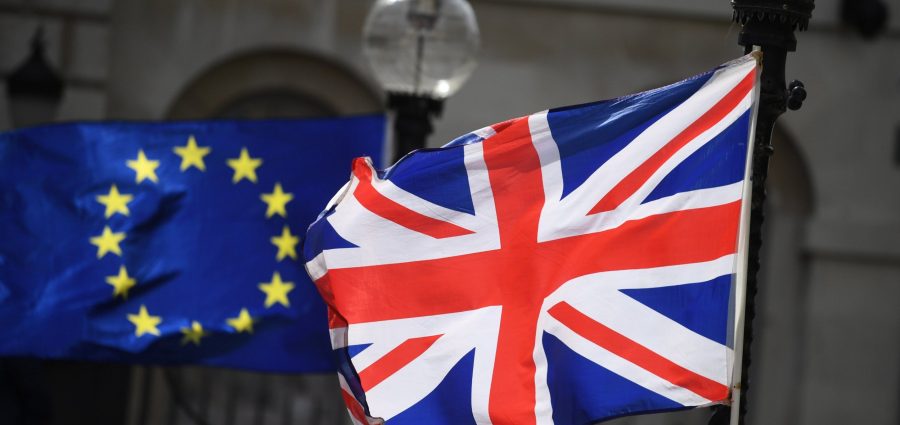The British parliament took a decisive step today in the Brexit divorce process to not support the plan negotiated by Prime Minister May with the European Commission. Uncertainty has dominated the entire process until now and, as expected, it is not going to decrease in the upcoming weeks. Uncertainties have already impacted consumer confidence, inflation, exchange rates, and firms’ decisions regarding investments.
While a possible plan B may still have a small chance of generating an orderly Brexit, the more likely outcome now is that both the UK and the European Union (EU) will have to look for an extension to the March 29th deadline. A short-term extension is unlikely to go beyond May 23rd, when European elections start. Should the UK still be a member of the EU by then, it would have to organize those elections, too – an unlikely event for many reasons. Beyond May 23rd the EU may have to make major decisions on how to accommodate a continuation of the United Kingdom’s membership.
If none of the above can be achieved, a no-deal Brexit is also still another possible outcome. To soften the impact of a disorderly exit, the European Commission has laid out a contingency plan to make sure that trucks, airplanes, and the financial sector do not fall off a cliff as of March 30th. The impact of a no-deal Brexit will be quite substantial, though, and become more clearly visible by the 2nd quarter of the year. In this scenario, and combined with a maturing business cycle, a recession will then be very likely. For the longer term, The Conference Board estimates the income effect to be in the range of 3,000 US (PPP adjusted) dollars per capita per year until 2028.






